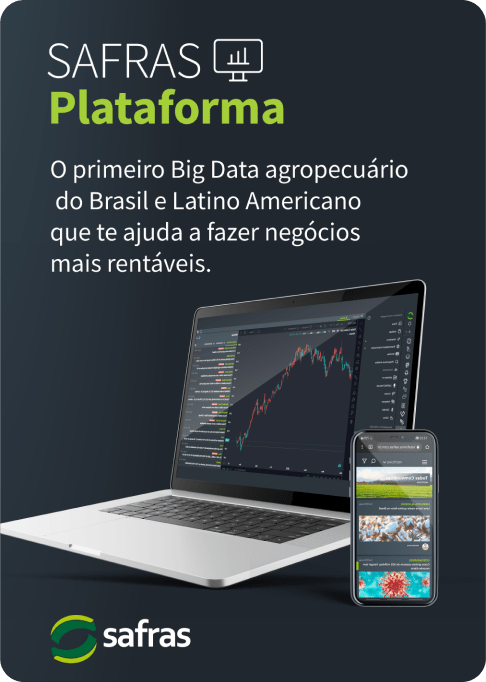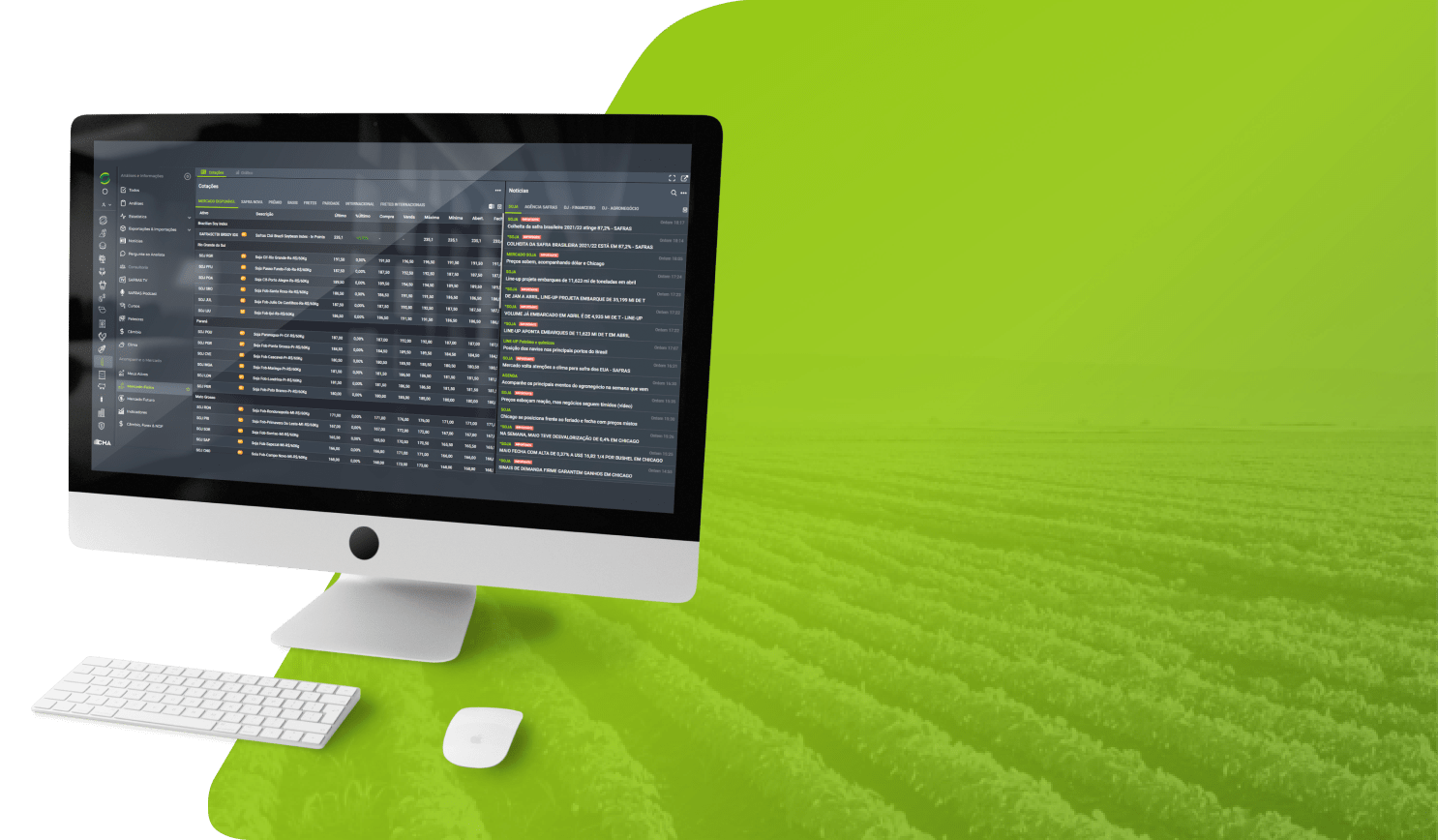Despite coffee prices being quite high at the beginning of the crop, something unusual, the flow of business remains slow, and producers are very cautious. Highs in commodities exchanges, for both arabica in New York and robusta in London, combined with the appreciation of the dollar (which reached BRL 5.40), sent the conillon price to historic levels in Brazil. The best-quality arabica is also trading above BRL 1,300 per bag, a price similar to that at the time of the 2021 frost. However, this is not enough to stimulate the producer’s selling interest.
Producers are well-capitalized due to sales of coffee remainders from Brazil’s 2023 season in the first months of the year, especially in April, when they took advantage of the sharp price hikes. This helped to empty stocks and guarantee resources to cover the harvest expenses, besides sustaining the intense flow of shipments observed in recent months in Brazil. Furthermore, producers brought forward positions with Brazil’s 2024 crop, which reduced exposure to the arrival of the new crop. Now, they manage sales more calmly, following recent gains without rush, monitoring the cold season and calmly preparing the newly-reaped coffee. According to the SAFRAS survey, until June 11, only 22% of Brazil’s 2024 crop potential had been sold by producers. This slow progress keeps sales delayed compared to the same period last year, when 26% of the expected production had already been negotiated, and below the five-year average of 32%.
Arabica coffee sales account for 23% of production, below the 28% in the same period of the previous year and below the 5-year average, which is around 34%. Expectations with the winter along with recent frustrations with forward negotiations explain this behavior. As the price remains valued and very close to the recent highs, producers have preferred to postpone selling positions, which reinforces this withdrawn stance.
Sales of conillon coffee increased by 5% and reached 20% of production, compared to 24% registered in the same period last year, when producers were more aggressive. However, this percentage is still well below the five-year average, which is 29%, when they were driven by a greater presence of the domestic industry. Producers remain withdrawn, staggering new sales and focusing on forward negotiations with trading companies. The appreciated price on the foreign market, especially in London, combined with the rising dollar, justifies this shift towards exports. The domestic roasted and ground industry is unable to keep up with export prices and is currently more focused on buying cheaper arabica.





